
Dola Cattle
- Home
- Our work
- Farm animals
- Nordic native breeds
- Dola Cattle
Native name: Dølafe
Weight: 350-500kg (cows)
Height: 120-130cm (cows)
Description: Varying colours and markings. Most of them have horns, but about 20% is polled.
Type: Dual purpose breed (milk and meat)
Number of cows in Norway, 2020: 305
Not at Risk – Vulnerable – Endangered – Critically Endangered – Extinct
Background:
The Dola cattle originates from Gudbrandsdalen, Østerdalen and Hedmarken, areas north of Oslo. In these areas there were large areas for nutrient-rich grazing, but it was too far to larger cities for the sale of dairy products. Therefore, the Dola cattle was traditionally used for meat production. In the 1880s, principal Hirsch began to breed Dola cattle at Jønsberg Agricultural School, Norway's oldest agricultural school, founded in 1847, and at this time one of the most respected schools in Norway.
They wanted to get a more uniform expression for the breed. The target for the breed was black cows with horns a brown stripe along the back. The Jønsberg type had a very good reputation and was therefore of great importance in the further development of the Dola cattle. Today, there is still Dola cattle on Jønsberg. After World War II, the Dola cattle experienced a major decline. This happened with the introduction of Norwegian red cattle. Today, most of the Dola cattle originate from a herd in Fåvang in Gudbrandsdalen.
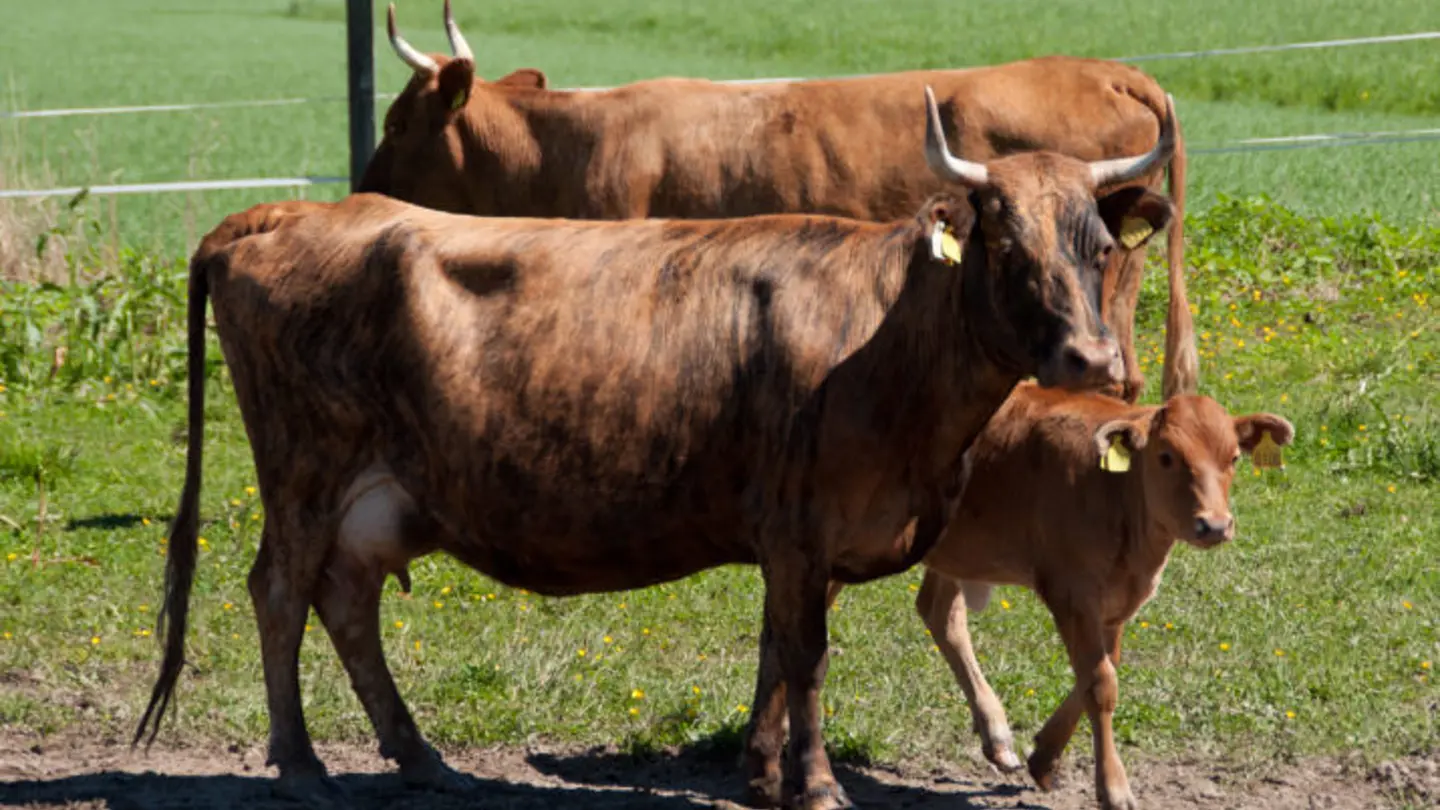
Conservation work:
During the 1980s, interest in the Dola cattle increased again. This meant that the Dola cattle Association was formed. The Dola Cattle Association (https://dolafe.no/) works to secure and increase the population size. They convey Dola cattle for sale/purchase and publish a membership magazine. In addition, they collaborate with the Norwegian Genetic Resource Center, which has the overall responsibility for the conservation and sustainable management of the native livestock breeds in Norway, as well as Geno when it comes to bulls to be used for artificial insemination. At the beginning of the 1990s, there were only 25 individuals left. Based on reports to the European Registration System Domestic Animal Diversity Information System (DAD-IS), this had increased to 96 cows in 1996. The number increased to 170 in 2002 but had fallen to 121 in 2011. These fluctuations may have affected the population in some degree. It should be noted, however, that there is some uncertainty about these figures. It must therefore be possible to conclude that the conservation work so far has resulted in an increase in the population size of the Dola cattle. It should also be noted that the heaviest cows around the year 1900 weighed approx. 350kg. There is therefore a certain difference between the original Dola cattle and the current one. Fortunately, the population trend for Dola cattle is rising. In 2020, for the first time since the registration began in the 90s, more than 300 mother animals (cows) were registered, which means that the breed can now change category from "critically endangered" to "endangered".
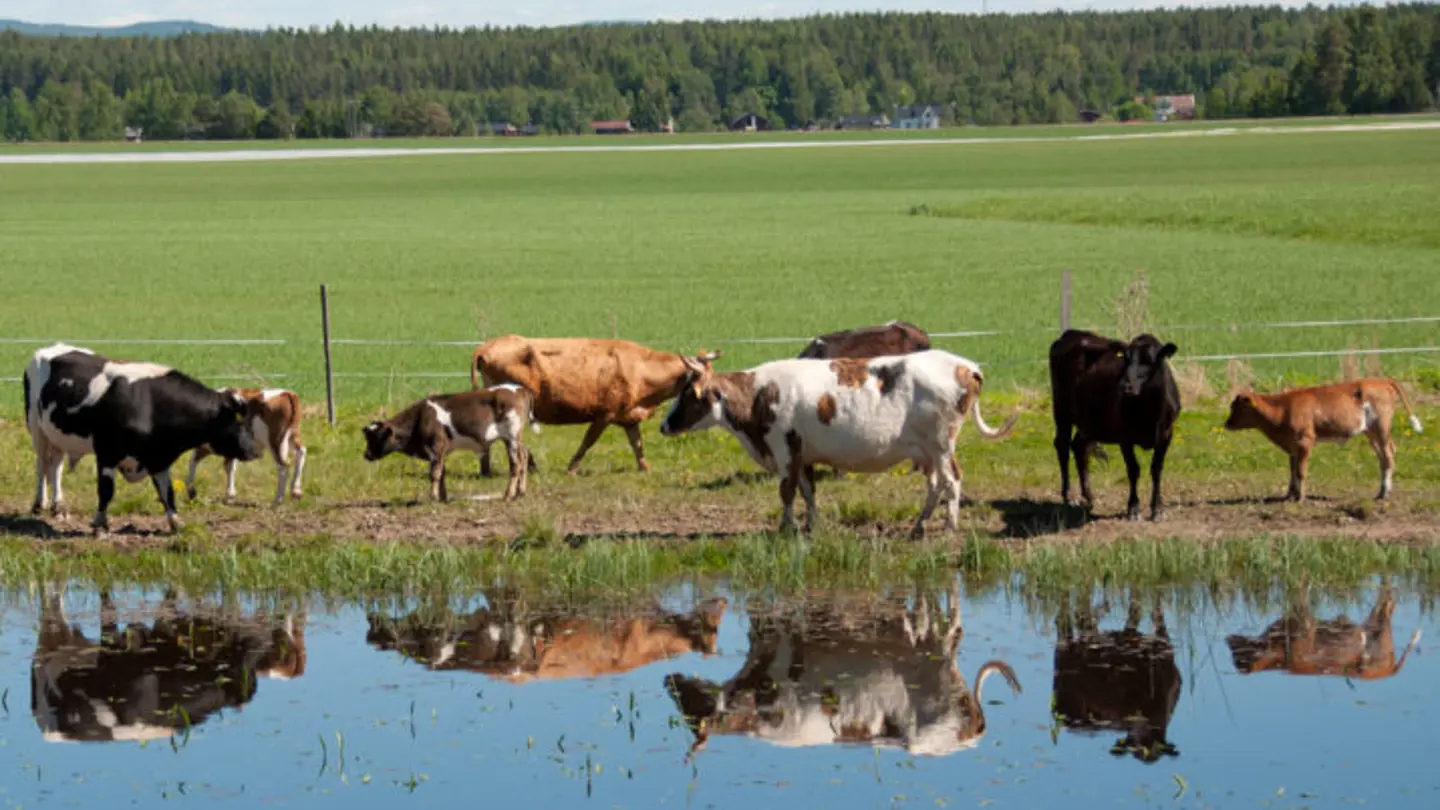
Characterization:
Researchers are working to characterize the characteristics of the Dola cattle, so that we have a better chance to preserve the breed. Characterization is an important part of conservation in order to assess whether the breeds' unique characteristics can be used to ensure future food production. Until 2019, 15 easily accessible characterization studies that include Dola cattle have been carried out. These are collected in a review article of 85 different Nordic national livestock breeds, published in 2020 in Acta Scandinavia - Section A. The majority of the studies deal with molecular genetic diversity. Only one study deals with socio-economic aspects. The study examines co-evolution between milk protein and human lactase. In 2021, a new study was published that looked at the composition of oligosaccharides in milk for various Nordic cattle breeds. Oligosaccharides are sugars in milk that should be good for health and it can be especially beneficial, for example in a breast milk substitute. In the study, the Dola cattle emerged as one of the breeds with the highest level of the favorable oligosaccharides. But it is still not known, for example, how this can be used to turn into specialized products that can be beneficial for a Dola cattle farmer. Therefore, there is still a great need to characterize the properties of the Dola cattle.
Production yield in 2018:
Milk yield: 2720kg
Fat percentage: 4,13%
Protein percentage: 3,39%
Date published: November 10, 2021
References
Beja-Pereira, A., Luikart, G., England, P. R., Bradley, D. G., Jann, O. C., Bertorelle, G., Chamberlain, A. T., et al. (2003). Gene-culture coevolution between cattle milk protein genes and human lactase genes. Nature Genetics 35(4), 311–313. doi:10.1038/ng1263.
Bennewitz, J., Kantanen, J., Tapio, I., Li, M. H., Kalm, E., Vilkki, J., Ammosov, I., et al. (2006). Estimation of breed contributions to present and future genetic diversity of 44 North Eurasian cattle breeds using core set diversity measures. Genetics Selection Evolution 38(2), 201–220. doi:10.1051/gse:2005036.
Dølafelaget (u.å.). Dølakuas Historie. Tilgængelig online: < https://dolafe.no/dolakuas-historie/>
Holene, A. 2020. Norsk genressurssenter, personlig kommunikasjon
Edwards, C. J., Ginja, C., Kantanen, J., Pérez-Pardal, L., Tresset, A., Stock, F., European Cattle Genetic Diversity Consortium, et al. (2011). Dual origins of dairy cattle farming – Evidence from a comprehensive survey of European Y-Chromosomal variation. Edited by Toomas Kivisild. PLoS ONE 6(1), e15922. doi:10.1371/journal.pone.0015922.
Kantanen, J., Edwards, C. J., Bradley, D. G., Viinalass, H., Thessler, S., Ivanova, Z., Kiselyova, T., et al. (2009). Maternal and paternal genealogy of Eurasian Taurine cattle (Bos Taurus). Heredity 103(5), 404–415.21
Kantanen, J., Olsaker, I., Adalsteinsson, S., Sandberg, K., Eythorsdottir, E., Pirhonen, K. & Holm, L.-E. (1999). Temporal changes in genetic variation of North European cattle breeds. Animal Genetics 30, 16–27.
Kantanen, J., Olsaker, I., Brusgaard, K., Eythorsdottir, E., Holm, L.-E., Lien, S., Danell, B. & Adalsteinsson, S. (2000a). Frequencies of genes for coat colour and Horns in Nordic cattle breeds. Genetics Selection Evolution 32, 561–576.
Kantanen, J., Olsaker, I., Holm, L.-E., Lien, S., Vilkki, J., Brusgaard, K., Eythorsdottir, E., Danell, B. & Adalsteinsson, S. (2000b). Genetic diversity and population structure of 20 North European cattle breeds. The Journal of Heredity 91(6), 446–457.
Kierkegaard, L. S., Groeneveld, L. F., Kettunen, A., Berg, P. (2020). The status and need for characterization of Nordic animal genetic resources, Acta Agriculturae Scandinavica, Section A — Animal Science, 69:1-2, 2-24, DOI: 10.1080/09064702.2020.1722216
Klungland, H., Olsen, H. G., Hassanane, M. S., Mahrous, K. & Våge, D. I. (2000). Coat colour genes in diversity studies. Journal of Animal Breeding and Genetics 117(4), 217–224.
Li, M. H., Adamowicz, T., Switonski, M., Ammosov, I., Ivanova, Z., Kiselyova, T., Popov, R. & Kantanen, J. (2006). Analysis of population differentiation in North Eurasian cattle (Bos Taurus) using single nucleotide polymorphisms in three genes associated with production traits. Animal Genetics 37(4), 390–392. doi:10.1111/j.1365-2052.2006.01479.x.
Li, M.-H. & Kantanen, J. (2010). Genetic structure of Eurasian cattle (Bos Taurus) based on microsatellites: Clarification for their breed classification. Animal Genetics 41(2), 150–158. doi:10.1111/j.1365-2052.2009.01980.x.
Lien, S., Kantanen, J., Olsaker, I., Holm, L.-E., Eythorsdottir, E., Sandberg, K., Dalsgard, B. & Adalsteinsson, S. (1999). Comparison of milk protein allele frequencies in Nordic cattle breeds. Animal Genetics 30, 85–91.
Mejdell, C. M., Lingaas, F., Stear, M. J. & Lie, Ø. (1993). Genetic analysis of major histocompatibility complex class I antigens, serum Transferrins and red blood cell antigens in Norwegian breeds of cattle. Acta Agriculturae Scandinavica, Section A – Animal Science 43(4), 193–200. doi:10.1080/09064709309410166.
Norsk genressurssenter (2017). Dølafe. Tilgjengelig online: < https://www.nibio.no/tema/mat/husdyrgenetiske-ressurser/bevaringsverdige-husdyrraser/storfe/d%C3%B8lafe>
Sæther, N. 2020. Norsk genresurssenter, personlig kommunikasjon
Sæther, N., Holene, A.C., Fjellstad, K.B., Rasmussen, M. (2019). Nøkkeltall om bevaringsverdige husdyr, skogtrær og kulturplanter 2018. NIBIO Rapport, 5(86) 2019. 108s.
Tapio, I., Värv, S., Bennewitz, J., Maleviciute, J., Fimland, E., Grislis, Z., Meuwissen, T. H. E., et al. (2006). Prioritization for conservation of Northern European cattle breeds based on analysis of microsatellite data. Conservation Biology 20(6), 1768–1779. doi:10.1111/j.1523-1739.2006.00488.x.
Withen, K. B., Brüniche-Olsen, A., Pedersen, B. V., European Cattle Genetic Diversity Consortium & Gravlund, P. (2011). The agersoe cattle: The last remnants of the Danish Island cattle (Bos Taurus)? Journal of Animal Breeding and Genetics 128(2), 141–152. doi:10.1111/j.1439-0388.2010.00883.x.
Read more about our other native breeds
-
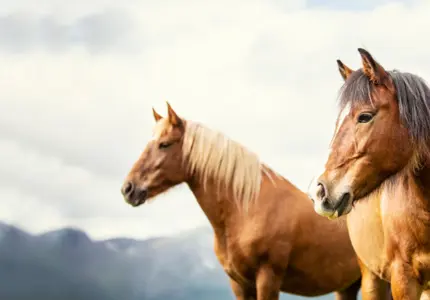
Nordland/Lyngen Horse
The first known and documented exhibition where this breed participated, was in 1898 at Lyngseidet in Troms. In the 1930s, organized breeding of Nordland/Lyngen horses started.
Read more about the breed
-
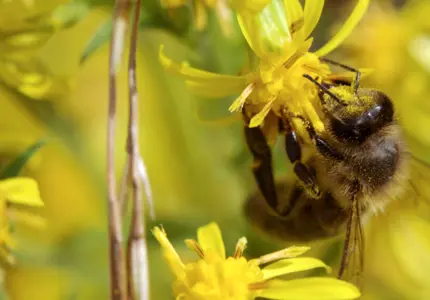
The Nordic brown bee
Honey bees are threatened by intensive agriculture, habitat loss and climate changes worldwide and are important to conserve, not only due to their honey production but also due to their pollination services.
Read more about the breed
-
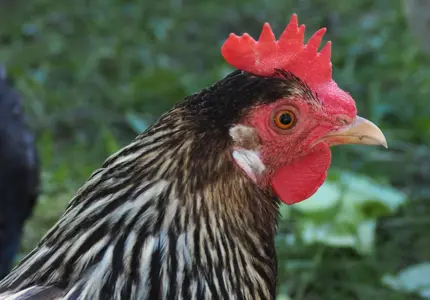
Finnish Landrace Chicken
In 1974, the agricultural advisory agency collaborated with Seiskari and published a call to find remains of the Finnish landrace chicken. As a result, one flock was found in South-East Finland. This family line was named after its geographical location as “Savitaipaleenkanta”.
Read more about the breed